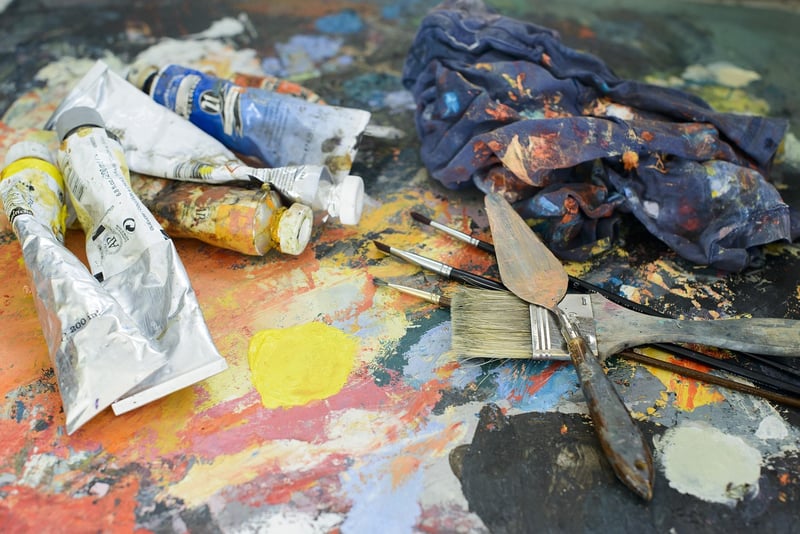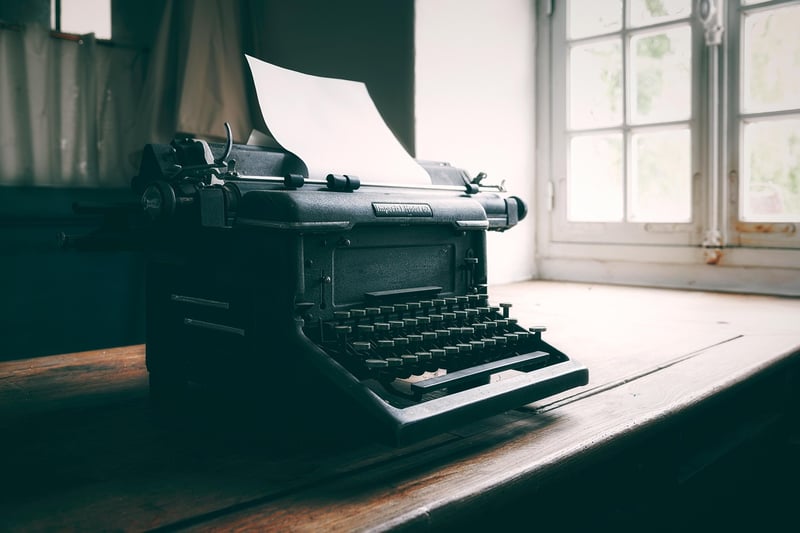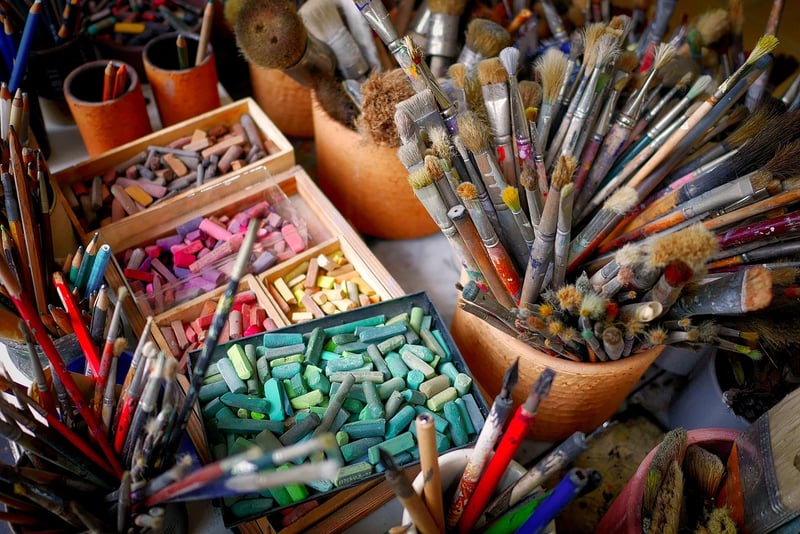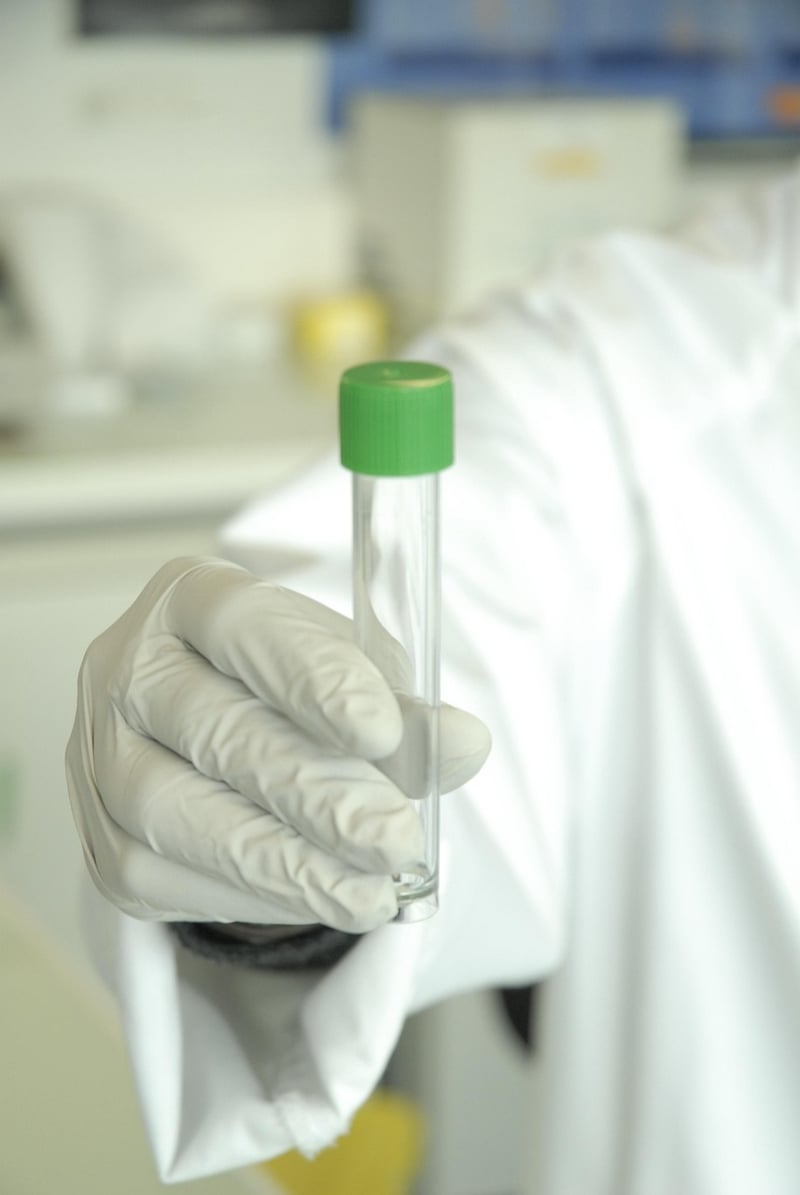Texture Experimentation
The Art of Texture Experimentation: Cutting-Edge Methods
Texture experimentation in art is a captivating journey that allows artists to push boundaries and create unique, visually stimulating pieces. By exploring cutting-edge methods, artists can unlock new possibilities and develop their artistic style further. Let's delve into some innovative techniques that are revolutionizing texture experimentation in the art world.
1. Acrylic Pouring
Acrylic pouring is a mesmerizing technique that involves pouring acrylic paint onto a canvas to create stunning abstract patterns and textures. By manipulating the way the paint flows and interacts with other mediums, artists can achieve incredible depth and dimension in their artwork.

2. Mixed Media Collage
Mixed media collage is a versatile method that combines various materials like paper, fabric, and found objects to create textured layers in artwork. By experimenting with different textures and layering techniques, artists can add depth and visual interest to their pieces.

3. Embossing and Debossing
Embossing and debossing are techniques that involve creating raised or sunken textures on paper or other surfaces. By using specialized tools and heat, artists can add tactile elements to their artwork, enhancing the overall sensory experience for the viewer.

4. Textured Impasto
Impasto is a technique where thick layers of paint are applied to create texture on the canvas. By experimenting with different tools and application methods, artists can achieve a variety of textures, from smooth and glossy to rough and heavily textured surfaces.

Texture experimentation opens up a world of possibilities for artists to express themselves creatively and engage viewers on a sensory level. By embracing cutting-edge methods and pushing the boundaries of traditional techniques, artists can create truly unique and captivating artworks that leave a lasting impression.
Are you ready to embark on your own texture experimentation journey?
